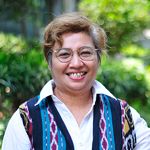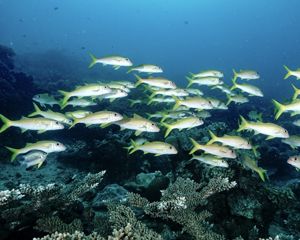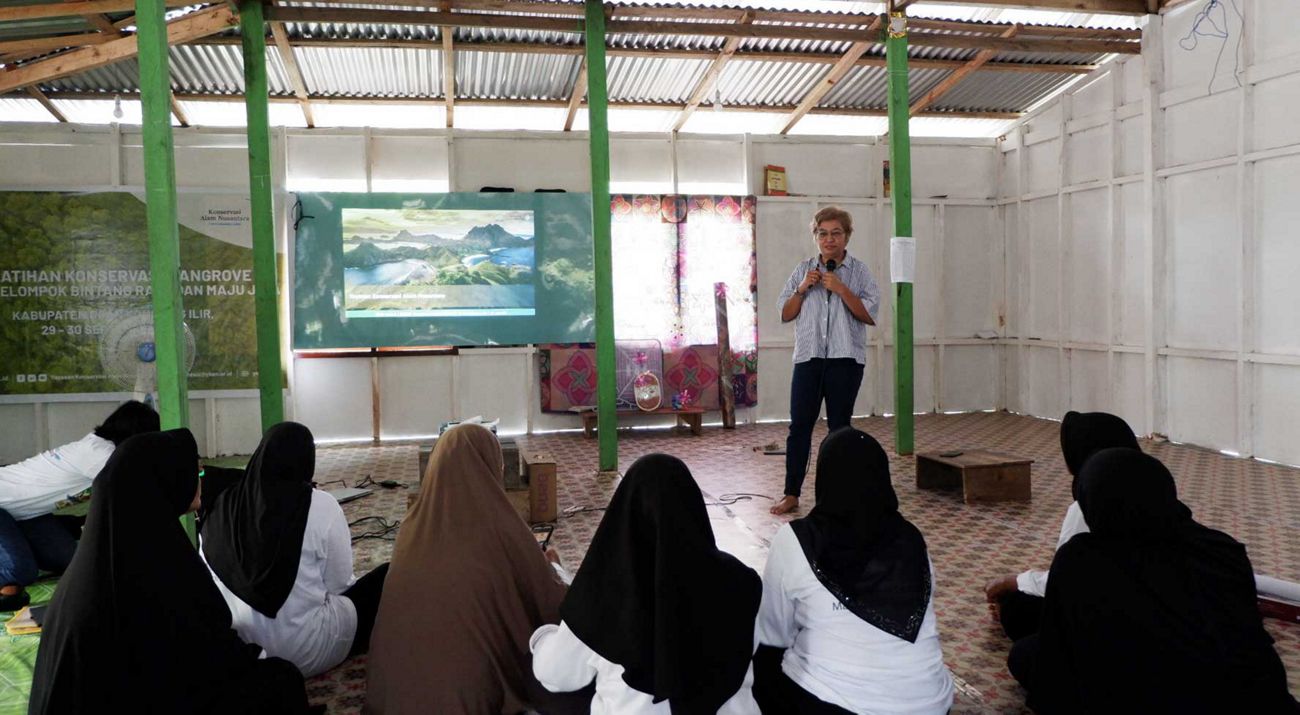
This article is part of the journey of the author (Sally Kailola) and the YKAN Ocean Program team to Ogan Komering Ilir Regency, South Sumatra, to participate in the Women's Group Training - Journey to Ogan Komering Ilir, South Sumatra and Training with the Maju Jaya Women's Group, Ogan Komering Ilir, at the end of September 2025.
I started my third day at Ida's house by playing with her white cat, Bogel. We were more relaxed preparing the training equipment today, as there was no generator and no lunch to bring. I was informed that the Bintang Ratu Group will prepare our lunch.
Read: Berau SIGAP Sejahtera Program
The group we'll be meeting with today is in Simpang Tiga Abadi Village. The names of both training villages are easy to remember, as they're both Simpang Tiga, but yesterday's village name ended with Jaya, and today's Abadi. The village is a transmigration village, and most of its residents are from Java. According to my friends, today we'll only be following the river and not crossing the sea.
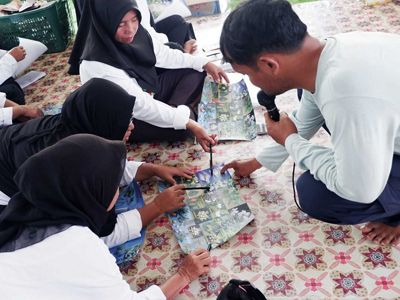
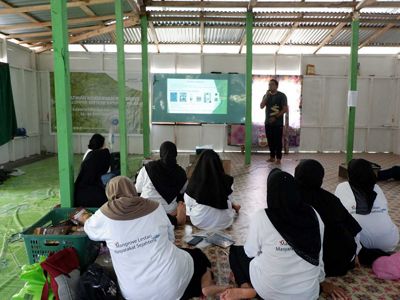
Just as we did yesterday, we used a small motorboat with only six passengers. This time, I found nipa palms (Nypa fruticans) along the river instead of mangroves. This plant is a type of palm that grows in mangrove forests, brackish swamps, or tidal areas near the shore. Considering that the raw material for this group's products comes from the nipa palm, I am excited to learn more about it.
Mangrove Conservation Training & Strengthening Outreach Skills for Bintang Ratu Group.
The Bintang Ratu Group members were already present when we arrived in the village. We were escorted to the prayer room (musholla) where the training would take place. Blown by a gentle breeze, we began training around 10 a.m. The training agenda was the same as yesterday, and the introduction to mangroves and silvofishery went smoothly. Participants were enthusiastic when they learned that the nipa palm is a type of mangrove. Therefore, we encourage training participants that they are part of the community that supports the local government in mangrove protection efforts.
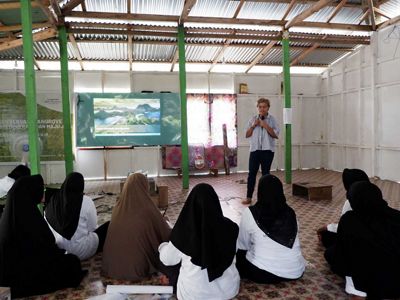

In the second session, I found the participants very serious about crafting their stories. They proudly recounted the process of making nipa cookies from start to finish. From their stories, I learned that nipa fruit, once fallen from the tree, is harvested and dried to make flour. This nipa flour is the base ingredient for their cakes.
During our afternoon break, Sadik told me that Sriwijaya University was involved in the discovery of this nipa flour. However, it was the women in this group who conducted several "experiments" to produce high-quality flour suitable for use in cakes. Now, they are more confident in telling their story with renewed enthusiasm.
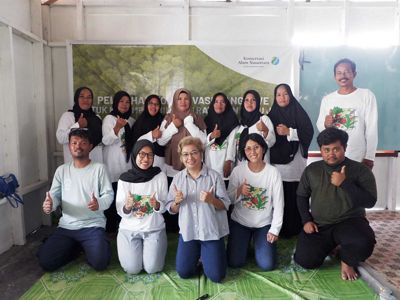
The cloudy afternoon accompanied us back to the village. The rumble of the small boat on the flowing river carried my thoughts to the future. I hoped that these YKAN trainings would be beneficial for both groups. And, with their newfound knowledge, they can tell stories about the simple life on the riverbanks, adding new colour to their lives.


